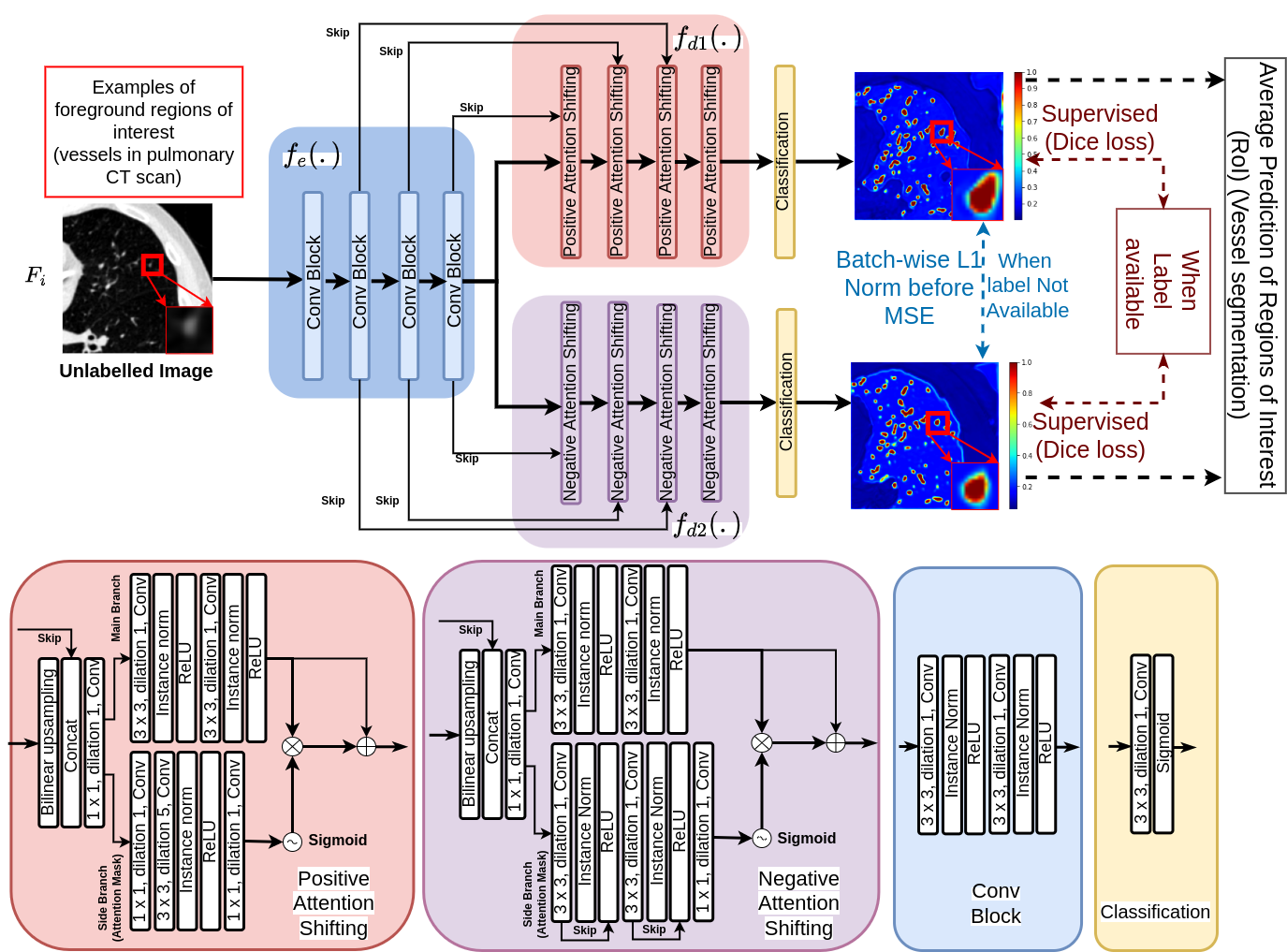Understanding the Effective Receptive Field in Deep Convolutional Neural Networks
We study characteristics of receptive fields of units in deep convolutional networks. The receptive field size is a crucial issue in many visual tasks, as the output must respond to large enough areas in the image to capture information about large objects. We introduce the notion of an effective receptive field, and show that it both has a Gaussian distribution and only occupies a fraction of the full theoretical receptive field. We analyze the effective receptive field in several architecture designs, and the effect of nonlinear activations, dropout, sub-sampling and skip connections on it. This leads to suggestions for ways to address its tendency to be too small.
PDF Abstract NeurIPS 2016 PDF NeurIPS 2016 Abstract
